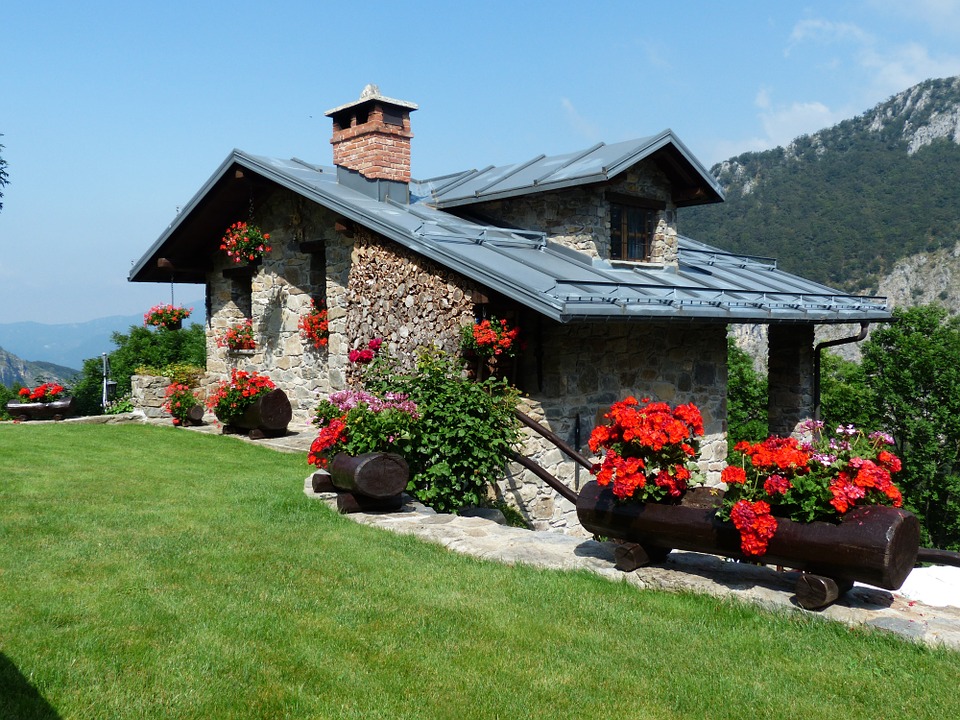A house is a major investment for many people both in the developed and developing countries. It is more so in a country like India where just 1.5 percent of the total population invest in equities. Limited awareness of equities as an asset class and the high volatility of the Indian stock markets are to blame for the low exposure of Indians to the stock market.
Many Indians believe in buying multiple houses or like to invest in empty plots of land. While even the most celebrated investor like Peter Lynch has suggested to buy a home before starting to invest in equities, does it make sense to invest all the savings in the real-estate sector? Many people justify buying a house at it yields a monthly rent apart from the appreciation in its value.
However, a reality check makes it clear that real estate as an asset class does not match equities. It is a known fact that real estate prices appreciate at a rate of 8-10 percent per year. In a country like India which experiences high inflation rates, the real returns from real estate investments can range from abysmal to even zero. The rental yields, which refer to rate of income return over the cost of the property, in India at 2 percent (can be 2.5-3 percent in some localities) too are very low when compared with other countries. Hence, the total returns from a house can range between 10 percent to 12 percent. This is much lower than the 17 percent returns given by equity investments in India since the start of economic reforms in the early 1990s.
Rental Yields in Select Countries
| Country |
Rental Yield |
| India | 2% |
| China | 3% |
| Hong Kong | 3% |
| USA | 2.75% |
| Canada | 4.43% |
| Singapore | 5% |
| Malaysia | 5% |
| Thailand | 5% |
| Indonesia | 7% |
| Philippines | 8% |
The difference of 5-7 percent might not look significant in the short-term. But in the long-term the difference can be substantial. For example, a sum of Rs. 10,00,000 invested in buying a home when compounded at the rate of 10 percent for 30 years can grow to Rs. 1,74,49,402. While this looks great, the same Rs. 10,00,000 invested in equities when compounded at the rate of 17 percent for 30 years can grow to 11,16,64,650. Now it is quite a difference, isn’t it? Investors who can pick quality stocks can increase their returns from equities up to 20-23 percent. Just imagine the returns at those rates (Rs. 10,00,000 compounded at 23% for 30 years can grow to Rs. 49,79,12,859).
You need to pay property taxes on your house every year. You also need to spend money for the recurring repairs for your house. All these factors can further reduce the returns from real estate. Moreover, a physical asset like house has a fixed lifetime and needs to rebuilt after 30 to 50 years due to the general wear and tear. In the case of equities, there will be no additional expenditure for maintenance other than the annual Demat Account maintenance charges (generally Rs. 500 per year).
Returns on equities will always be higher than other asset classes like real estate. It makes a lot of sense to buy one house when you are finally settled in a specific city and invest the rest of your savings in equities.
Given the low rental yields, it is even makes perfect sense to stay in a rented house rather than buying one. Living in a rented home makes it easier to move when you change your job or when your kids change their schools. The difference between monthly rent and the housing loan EMI you would have paid had you brought a home could be invested in equities to get higher returns.
Note: Rental yield is calculated by dividing the annual rental income from a property by the property’s current market value and multiplying it with 100.









1 comment
Buying A Home on Loan Only for Saving on Taxes is Not a Good Idea - OmniSay says:
Apr 2, 2018
[…] give a better rate of returns for your investments. Buying a second home in a country like India where the rental yields are lower than other countries is a investment […]